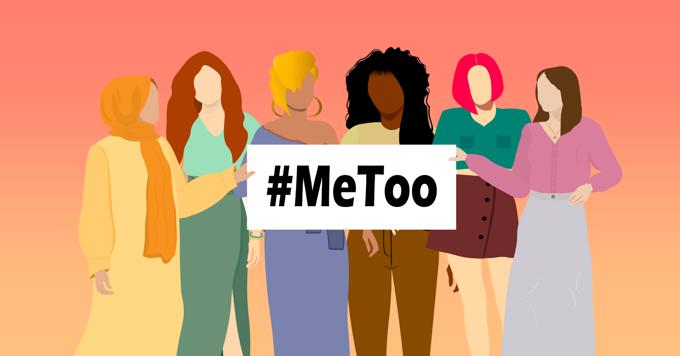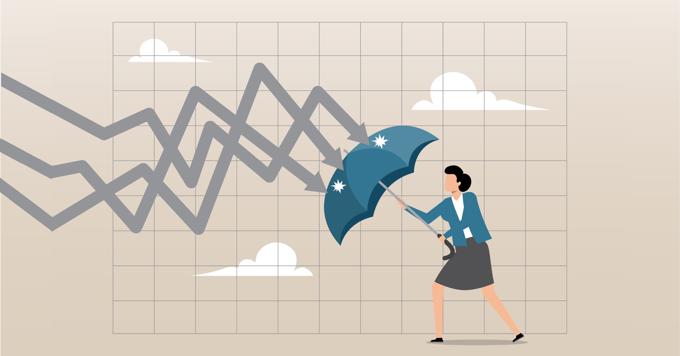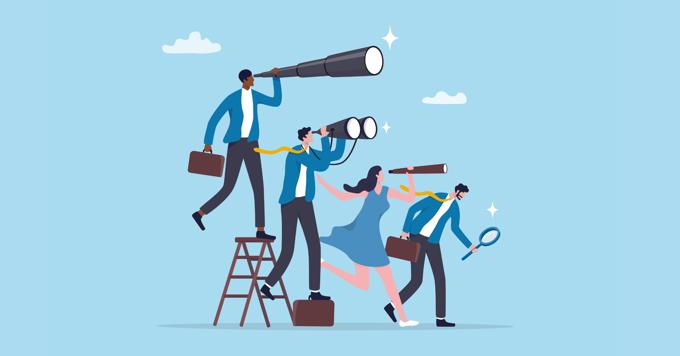In today’s social media economy, influence isn’t just power – it’s profit. From fashion hauls to crypto tips, digital personalities are turning likes into livelihoods and followers into fortune.
And some of the most bankable stars on these platforms? Children. Better known as kidfluencers.
With millions of followers and lucrative brand deals, kidfluencers dominate everything between toy unboxings and family travel vlogs. At first glance, it looks like innocent fun: kids being kids, just with cameras rolling. But as the views pile up and the money pours in, a more troubling reality emerges.
Is this savvy modern entrepreneurship, or child labour, polished and packaged for the algorithm and an eager audience?
Hitting the pause button on childhood
Motivated by this unsettling question, Ivey Associate Professor of Entrepreneurship, Daniel Clark and Babson College’s Alisa Jno-Charles set out to investigate the fast-growing, multi-billion-dollar, and largely unregulated world of kidfluencing. Their overarching goal: to define and measure the ethical risks when prepubescent work is disguised as play.
"Kids love watching other kids on YouTube — any parent knows that — and there’s nothing wrong with it," said Clark. "But when you look closer at the length of the videos, the sheer volume of content, and the money involved, serious questions arise."
Traditional images of child labour involve sweatshops, physical exhaustion, and potentially dangerous conditions – not birthday parties, family vacations, or staged "candid" moments. Yet in the world of kidfluencing, work hides behind the illusion of play. On the surface, it looks harmless, even joyful. But are children truly choosing to participate, or is it forced fun?
Even more troubling: if kidfluencing is a form of child labour, how do you regulate an industry that thrives in plain sight and fuels enormous profits for both families and social media giants?
To tackle this ambiguity, the researchers turned to the UN Convention on the Rights of the Child (UNICEF, 1990), the gold standard for protecting children's welfare, to ground their research. Applying its principles, they reviewed 424 YouTube videos (over 11,000 minutes of content) across four major American kidfluencer channels.
Their findings, published in Child Labor in Social Media: Kidfluencers, Ethics of Care, and Exploitation, deliver a stark conclusion: kidfluencing is a form of child labour – and it urgently demands regulation and reform.
Pressing play on rights
Through their study, Clark and Jno-Charles uncovered five major ways kidfluencing violates children’s fundamental rights, which can be used as a helpful framework when looking at future cases:
- Right to Consent: Children, especially young ones, lack the capacity to give informed, ongoing consent to have their lives broadcast to the world. While many parents claim their children “wanted” to start a channel, the reality is harder to verify – and impossible to sustain.
“Consent isn’t a one-time event; it must be continuous, informed, and freely given. For kidfluencers, let’s be real, it isn’t,” said Clark.
- Right to Privacy: Many channels thrive on capturing kids at their most embarrassing and vulnerable moments. But this relentless documentation exposes children to emotional harm, reputational damage, and a loss of control over their personal stories. In the digital age, every moment posted can haunt them forever.
- Freedom from Economic Exploitation: Kidfluencers are both the stars and the brand. Yet they typically have no control over their schedules, income, or workload. Filming and production can swallow hours, infringing on their rights to rest, play, and learn.
"These kids are pouring hours into producing content every week. But those hours don't appear out of nowhere. Chances are, it's their education or autonomous play that's being sacrificed," says Clark.
What’s more, with top kidfluencers earning millions a year, troubling questions arise: Are the profits truly safeguarded for the child’s future? Or are parents blurring the line between caregiver and employer, risking exploitation under the guise of opportunity?
- Freedom from Harm: In the race for clicks, content often veers into dangerous territory. Physical risks, like stunts, extreme sports, or risky challenges, are sometimes orchestrated for shock value. Beyond physical danger, the psychological toll is just as severe: exposure to cyberbullying, harassment, and the crushing pressure of a public life can lead to anxiety, depression, and self-harm.
- Freedom of Expression: While the camera rolls, the voice we hear often isn’t the child’s. Scripts, staged moments, and advertising deals shape what they say and how they act. Authentic self-expression becomes secondary to the brand image. And when sponsorships come into play, it’s fair to ask: Is the child promoting what they love, or what sells?
Exiting the program
Armed with compelling evidence, Clark is adamant that kidfluencing – at least as it exists today – must end. But the harder question remains: who will take responsibility, and how do we move forward? As with everything in kidfluencing, the answer isn’t simple.
“Of course, parents are supposed to protect their kids,” said Clark. “But that expectation is only reasonable when they’re not the ones doing the exploiting.”
Ultimately, Clark upholds that the social platforms themselves should take on the onus of stopping this trend in its tracks. But, given its profitability, and that social media platforms aren’t motivated to police kidfluencing, he maintains that it must become a public policy issue.
“Kidfluencers are worth billions to these platforms,” said Clark. “Until we as a society come forward to create policy and standards around this, nothing will change.”
And the longer we look away, the steeper the price becomes.
It’s clear: kidfluencing isn’t just playful content, it’s an unregulated industry profiting from childhood itself. Without action, the youngest stars of the internet will continue to pay the highest price. And, at the end of the day, it’s us who presses the play button and it must be us to exit the program completely.
To learn more about the hidden risks of kidfluencing, explore Clark and Jno-Charles' research, Child Labor in Social Media: Kidfluencers, Ethics of Care, and Exploitation, found in the Journal of Business Ethics.







